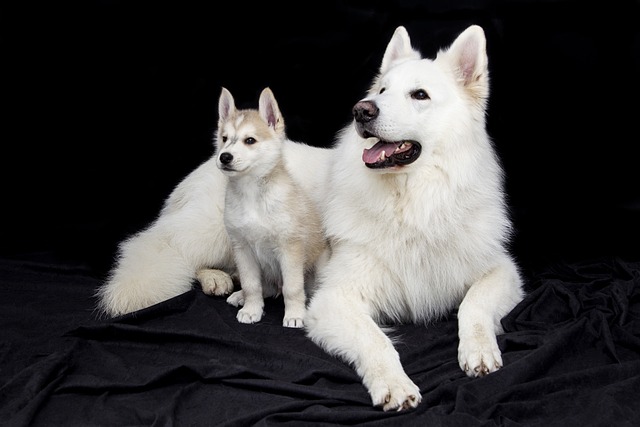
What is glaucoma in a dog?
You might notice your dog squinting more at mealtime or avoiding bright sunlight—these small changes could be early signs of a serious eye condition.
You’re cuddling with your fluffy Maltese on the couch, and you notice dark streaks staining their white fur under both eyes. Their inner corners glisten, and every so often, they paw gently at their face like something’s bothering them. For new dog owners in busy cities or quiet suburbs across the U.S., these tear stains and watery eyes can be confusing. Are they in pain? Is this normal? And most importantly, how do you help them find relief without causing more discomfort? Let’s explore why dogs’ eyes tear excessively and simple, effective ways to keep their eyes clear and comfortable.
Tears are a dog’s natural eye protectors—they flush out dust, pollen, and tiny debris, keeping eyes moist and healthy. But when tearing becomes excessive (vets call this epiphora), it’s usually a sign their eyes are working overtime to fight irritation. Common culprits include allergies to grass or dust, especially in apartments where dry AC air dries out eyes and triggers more tearing. Flat-faced breeds like Bulldogs or Persians (yes, even dogs!) often have shallow eye sockets, making tears spill over instead of draining normally. Environmental factors matter too: smoke from cooking, strong scents from candles, or wind blowing dirt into their eyes can all rev up tear production. Over time, constant moisture can lead to redness, itchiness, or those stubborn brown stains that stick to light-colored fur.
To reduce tearing, start with daily gentle care. Wet a soft cotton ball with lukewarm water (never cold—it shocks their eyes!) and wipe from the inner corner outward, following the natural tear path. This removes irritants before they build up. For tear stains, ask your vet to recommend a dog-safe stain remover—avoid human products with alcohol, which can sting. Adjust their environment too: in apartments, run a humidifier near their bed to add moisture to dry air, and keep scented candles or air fresheners away from their favorite spots. After walks, wipe their face with a damp cloth to remove pollen—this stops them from licking allergens into their eyes later.

Consistency is key. Make eye cleaning part of your daily routine, like brushing their fur. If they stay calm during the process, reward them with a tiny treat or extra pets—positive reinforcement makes them look forward to care time instead of dreading it.
As a responsible U.S. dog owner, don’t forget legal basics: Keep their rabies vaccine current (all states require it, and boarding facilities or doggy daycares will ask for proof). When out and about, always carry poop bags—cities like Miami fine up to $250 for leaving waste, and it’s the golden rule of pet ownership.
Culturally, never scold your dog for pawing at their eyes—they’re trying to soothe discomfort, and stress only makes tearing worse. Instead, distract them with a favorite toy if they get fidgety during cleaning. In apartments, keep their bed away from drafty windows (wind irritates eyes) and store cleaning sprays safely—fumes can sting sensitive eyes. At the dog park, steer clear of dusty areas or strong winds that might bother their eyes, and keep them leashed around other dogs to avoid accidental eye bumps.
With gentle daily care and a little environmental adjustment, you can help your pup say goodbye to watery eyes and hello to bright, comfortable vision.

You might notice your dog squinting more at mealtime or avoiding bright sunlight—these small changes could be early signs of a serious eye condition.

Let’s set the scene: It’s a sweltering Phoenix afternoon—105°F outside—and you rushed your 2-year-old Lab mix, Cooper, on a quick walk to “get it over with.”

Let’s get real: You’re in your Miami apartment, watching your 3-year-old Corgi, Loki, struggle to climb the stairs to your second-floor unit.

Many dog owners brush off occasional scratching as just “dog behavior,” but persistent itching often signals something more—like a food allergy.

You might first notice your dog scratching more than usual—chewing at their paws until the fur looks thin, or rubbing their face against the couch nonstop.

Let’s be real: You’re standing in your Chicago apartment, watching your 3-year-old Beagle, Max, huff and puff just to climb onto the couch.